November 4, 2022: Chinese Company Linked with Shark Poaching, Bringing Otters Back to US Pacific, Russia Could Use Veto to Thwart Antarctic Conservation, Rescuing Whales on “Humpback Highway and more…
November 4, 2022 – We gather news: You stay informed
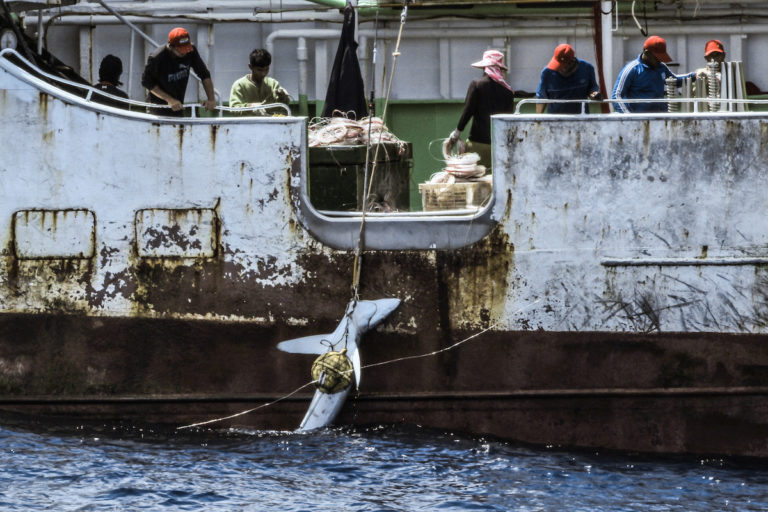
1. Catching Tuna – Front for Illegal Shark Finning Operation by Chinese Company
Boats operated by Dalian Ocean Fishing (DOF), a partially state-owned company that has long claimed to be China’s largest supplier of sashimi-grade tuna to Japan, the world’s largest seafood consumer, have also been linked to a massive illegal shark finning operation, according to an investigation conducted by Mongabay based on interviews with dozens of men who worked as deckhands across its fleet of 35 longline vessels.
Every year, they catch tens of thousands, if not hundreds of thousands, of sharks, including protected species, with banned gear and take their fins for the most profit. China banned shark lines and wire leaders on March 22. However, experts say the country needs to be more aggressive in enforcing these rules. They suggest that China improve its in-port and at-sea inspection operations by dispatching its coast guard to conduct high-seas boardings of fishing vessels, as other countries do.
Thank you for your generous gift that will help us continue the production of this weekly, free publication

2. Bringing Back the Otters to the US Pacific Coast
The United States Fish and Wildlife Service released a report earlier this summer titled “Feasibility Assessment: Sea Otter Reintroduction to the Pacific Coast.” According to them, reintroducing this keystone species would “have positive effects on biodiversity” and “enhance kelp and seagrass systems.” This is because otters eat urchins, and in their absence, urchins have multiplied, causing kelp forests to disappear. On the down side, the same federal agency is considering removing the species from the endangered species list. Many people wish for the day when otters are no longer considered endangered, but this is not the time. The agency’s target population for otters is 3,090, and they estimated a population of 3,272 in 2016. However, it has been declining since then, and many agree that the otter still needs our help until the population is stable and above the target.

3. Russia Could Use Veto Power to Jeopardize Antarctic Wildlife
International delegates gathered this week to decide the fate of Antarctica’s marine environment amid escalating fears that Russia could continue to delay conservation efforts via its veto-like powers.
The 27 members of the Commission for the Conservation of Antarctic Marine Living Resources (CCAMLR) – which includes both Russia and Ukraine — are meeting in Hobart, the capital of Australia’s Tasmanian island state. That commission, which regulates fisheries around Antarctica, will be deciding whether to protect three new marine zones from exploitation. The proposed areas — a total of 1.4 million square miles, approximately the size of India and Pakistan combined — are located around the Antarctic Peninsula, in the Weddell Sea and along the continent’s eastern coast.
Establishing those three zones would go a long way towards fulfilling a global commitment to designate 30% of earth’s land and oceans as protected areas by 2030.

4. Rescuing Whales on Australia’s ‘Humpback Highway’
Each year, an estimated 40,000 humpback whales leave the freezing waters of Antarctica on the world’s longest mammal migration. They make their way up Australia’s east and west coasts to the tropics before returning, calves in tow, several months later. For most Australians, the so-called “humpback highway” from May to November is a fun and exciting spectacle.
It is during this migration that they encounter the estimated 640,000 tonnes of ghost gear (commercial fishing nets, lines, anchors) which are lost or abandoned annually at sea. Sometimes the entanglements can be hundreds and hundreds of metres of rope wrapped in complicated layers around the whale.
Small teams of rescuers attempt to disentangle the whales via immobilizing them to tire them out, then determining the order of cutting/removing the ghost gear to ensure that the task is complete prior to the whale departing.
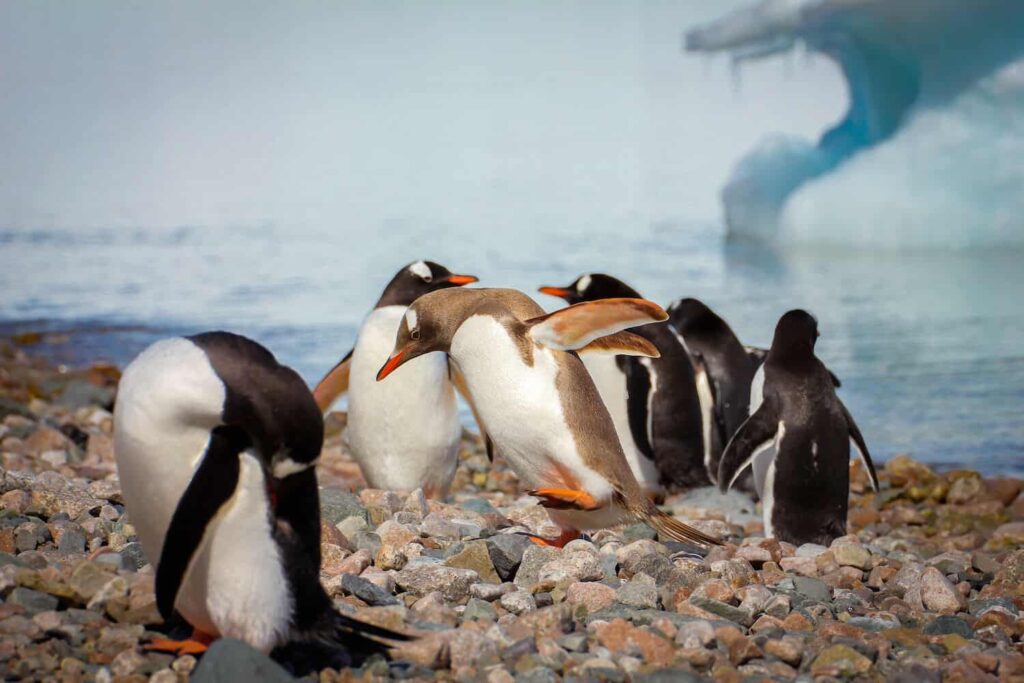
5. Urgent Call for International Community to Adopt Antarctic Wildlife Protections
Non-Governmental Organizations (NGOs) have called on the twenty-six-member nation/states of the Commission for Conservation of Antarctic Marine Living Resources (CCAMLR) to take urgent action to agree on key measures to safeguard Antarctica’s iconic wildlife, as part of an essential plan to ensure the health of the planet.
The CCAMLR is currently discussing proposals to protect 4 million square kilometers by establishing large-scale marine protected areas (MPAs) in the region, as well as proposals to promote stronger krill fishery measures that will avoid long-term harm and depletion of wildlife and habitats.
It is ten years past the deadline CCAMLR set to establish a network of MPAs in the region. To date only two MPAs have been agreed to, and for years CCAMLR has been plagued with difficulties to get full consensus of its members to agree to further protection.
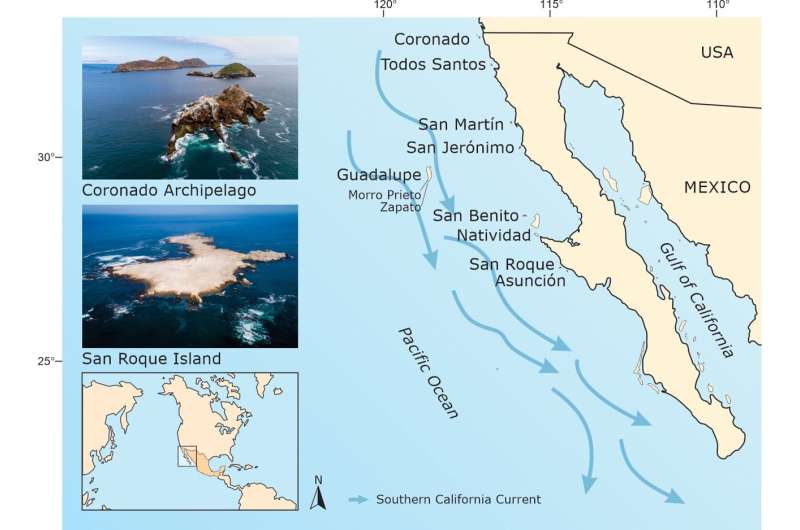
6. Mexican Pacific Islands – Safe Havens for Seabirds
The Baja California Pacific Islands (BCPI) is a seabird hotspot in the southern California Current System supporting 129 seabird breeding populations of twenty-three species and over one million birds annually. These islands had a history of environmental degradation because of invasive alien species, human disturbance, and contaminants that caused the extirpation of twenty-seven seabird populations.
A study published on October 7th in PLOS ONE shows that a holistic conservation approach, including the creation of protected areas, the eradication of invasive alien species (the primary cause of biodiversity loss on islands), active restoration with social attraction techniques, and long-term monitoring, has a cumulative positive effect on seabird populations on islands in the Mexican Pacific off the Baja California Peninsula.
The study demonstrates that collective action, an overarching and long-term vision, and science-driven restoration actions have important positive outcomes for seabird populations and island ecosystems.

7. Scientists Worried about What Climate Change Means for Marine Reptiles
Did you know that sea turtles do not have sex chromosomes? And gender is determined by the temperature of their nests? Global warming is a risk to the species, as warmer temperatures produce more females, and cooler temperatures produce more males.
Jake Lasala with Mote Marine Sea Turtle Conservation & Research Program says Florida’s beaches are home to more loggerhead turtle nests than any place in the world. Studies show that over the last several years, the majority are female. As summers become hotter – the beach sand where these eggs incubate also heated up. If there are too many females, then the population can start to decline because the males cannot keep up with the number of females.
It could be decades before the full impact of this gender imbalance plays out as it takes 25 years for a sea turtle to reach sexual maturity.
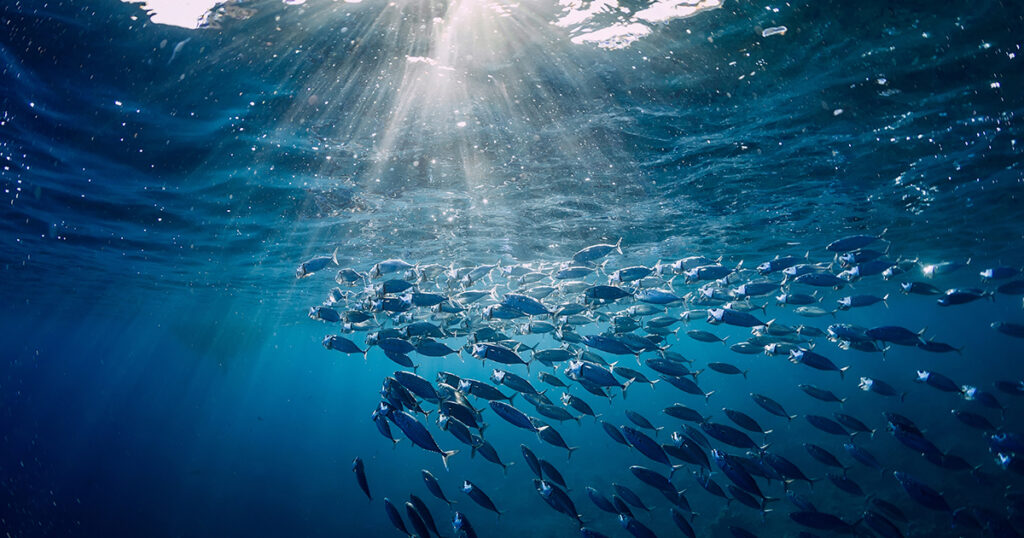
8. Taiwan Citizens Look Upcoming Federal Election for Ocean Solutions
For more than 30 years, Taiwan’s fishing industry has been dealing with a raft of serious problems, including marine ecology destruction, decline in fish biodiversity and overfishing. The excessive consumption and overexploitation of the ocean have caused serious damage.
The marine ecosystem is looking over the abyss. In the seas surrounding Taiwan, the decline of the fish catch has become a serious concern.
Local elections will be held soon, yet it seems that ocean conservation is almost entirely absent from the policy agenda of candidates: No ocean conservation policy has been presented.
Local governments have been waiting for the central government to pass legislation on this issue, but they are taking little action to safeguard the ocean. It is becoming increasingly apparent that to save the ocean and the marine ecosystems around Taiwan, local governments have to play a much more active role.

9. Science Goes Deep in Maldives – Discovers New Ecosystem
In September, scientists boarded submersibles and dived into the waters surrounding the Maldives, a nation of islands peppered across the Indian Ocean. They identified a previously undiscovered marine ecosystem in the waters known as the “trapping zone,” about five hundred meters (about 1,600 feet) below the surface.
The trapping zone refers to a region of subsea vertical cliffs and shelving terraces that “trap” small, migrating mesopelagic organisms, which attract pelagic predators like sharks, tuna, and large fish. Prior to this mission, very little was known about the Maldivian sea below 30 m (about 100 ft), despite the country’s total area consisting 99% of water.
The researchers say trapping zones likely exist in the waters around other oceanic islands with similar topography, and that they are already gathering evidence of such an ecosystem in the waters of the Chagos archipelago, south of the Maldives.
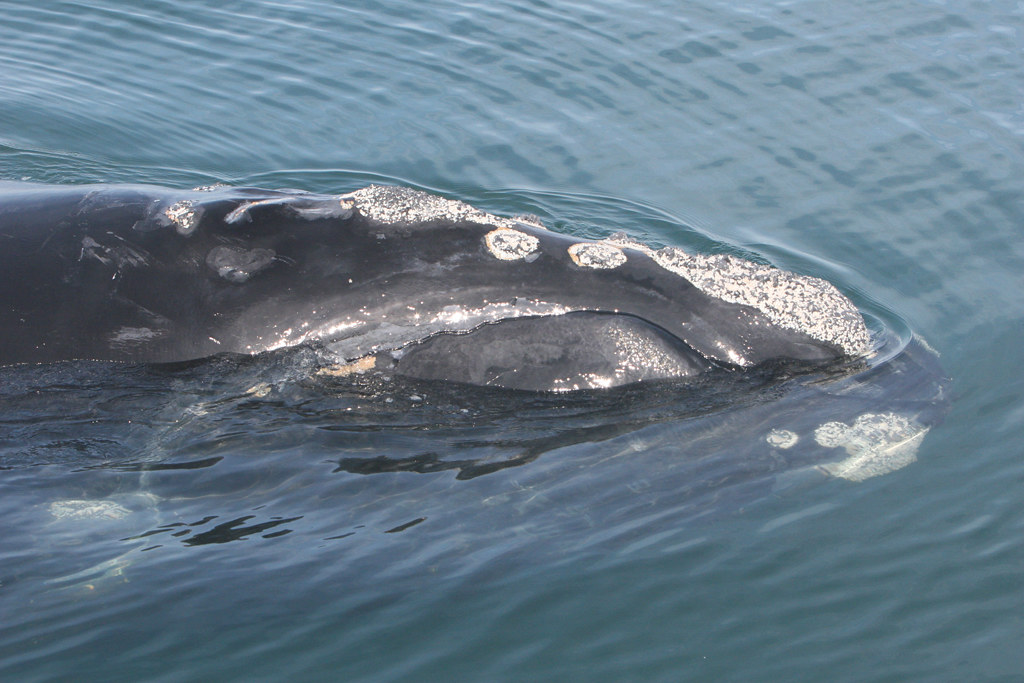
10. Right Whale Numbers Continue to Fall
The decline of the North Atlantic right whale slowed last year, as it lost about 2% of its population, but scientists warn the animal still faces existential threats and is losing breeding females too fast.
The North Atlantic Right Whale Consortium, a group of scientists, government officials and industry members, said Monday that the population fell to an estimated 340 last year. That is a decline of eight animals from the previous year.
The whales are vulnerable to ship collisions and entanglement in commercial fishing gear, and they have suffered from poor reproduction and high mortality in recent years. Warming waters have caused their food to move, and they have followed it into unprotected areas where they are more vulnerable, scientists have said.
Conservation groups have advocated for vessel speed restrictions and stricter fishing regulations to save the whales.

11. Study Clarifies Relationship Of Sharks And Surfers
The University of South Australia has released the results of their recent study of the shark-human dynamic. Despite the complex relationship that exists between surfers and sharks due to the possibility of shark-surfer interactions, there has been little research into these interactions.
The University study provides preliminary insights into the shark-surfer relationship. A sample of 391 surfers who frequently surf in 24 countries (predominantly USA), were surveyed. Despite common interactions with sharks, 60 % of surfers stated that they are not afraid of sharks and 44 % stated that a shark being spotted would not stop them from going in the water. There is a need for further research to understand how frequent ocean users, such as surfers, view sharks and the potential implications this has for shark conservation and management policies.
Behavioral scientist and conservation psychology researcher, UniSA’s Dr Brianna Le Busque, believes the findings could sway public opinion about sharks, improving conservation support.
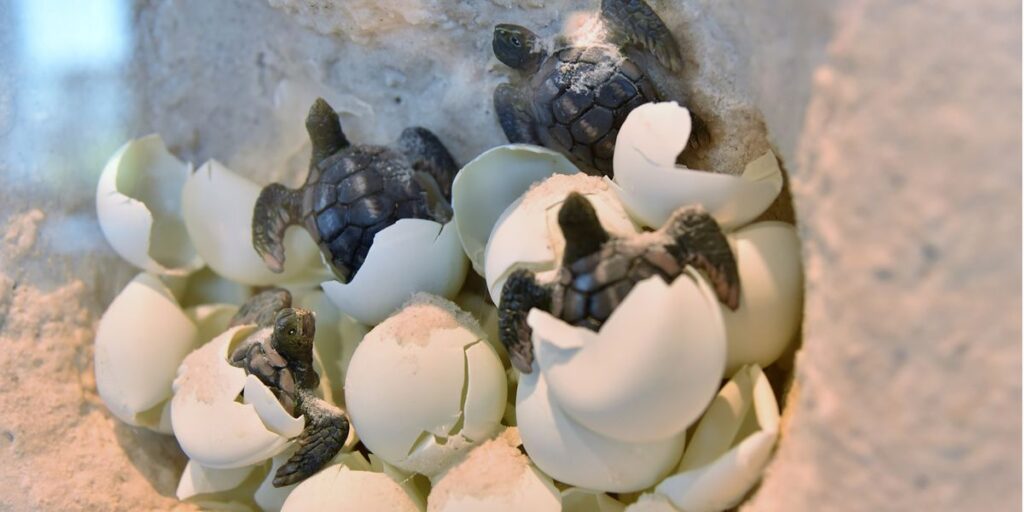
12. Egg Shaped Sensor Predicts Sea Turtle Hatching
A new low-cost sensor called TurtleSense and designed to resemble a sea turtle egg enables scientists to monitor nests remotely and predict when hatchlings will emerge almost to the day. This provides valuable information for conservation efforts and turtle nest management. The University of Virginia and Samuel Wantman of Nerds Without Borders led the research published on October 26 in the open-access journal PLOS ONE.
The new TurtleSense system has the potential to reduce the cost and labor required to monitor endangered turtle nests. The study’s leadership adds, “The system is a low-cost, creative solution that remotely allows us to detect how baby turtles synchronize developmental movement within the nest in real time. We can use the system to detect hatching and to better predict when the hatchlings will emerge onto the beach.”
The study suggests the sensor can aid in protecting several endangered species.
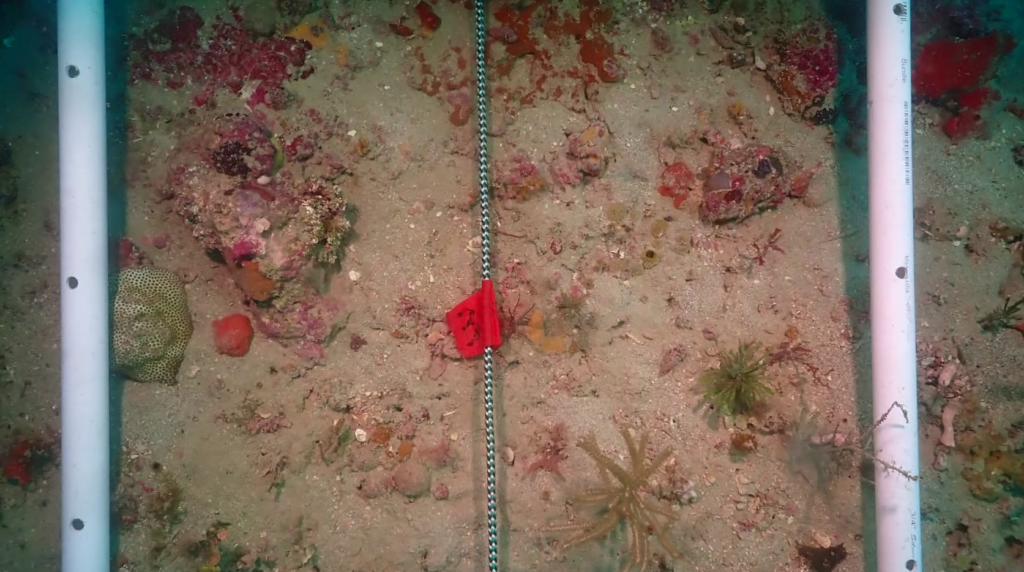
13. How Did Hurricane Ian Affect the Marine Ecosystem – Scientists Investigate
Researchers from the Florida Gulf Coast University spent seven days at sea studying Hurricane Ian’s effects on the ecosystem. They set sail aboard the Hogarth, a 78-foot laboratory/research vessel, with multiple workstations. At one, a machine can assess the total cell count in the water. During the journey, they stopped at, at least 40 different sites at all different depths.
Researchers focused on hypoxia or oxygen levels in the water; when hurricanes occur, they deposit freshwater on coastal waters, creating a layered cake effect in the sea, trapping saltier water on the bottom. That results in a lack of oxygen in the bottom layer, which can be detrimental to invertebrates and other sea life. Fish can swim away and survive, but this is devastating to corals.
Hogarth researchers will continue to analyze their results.
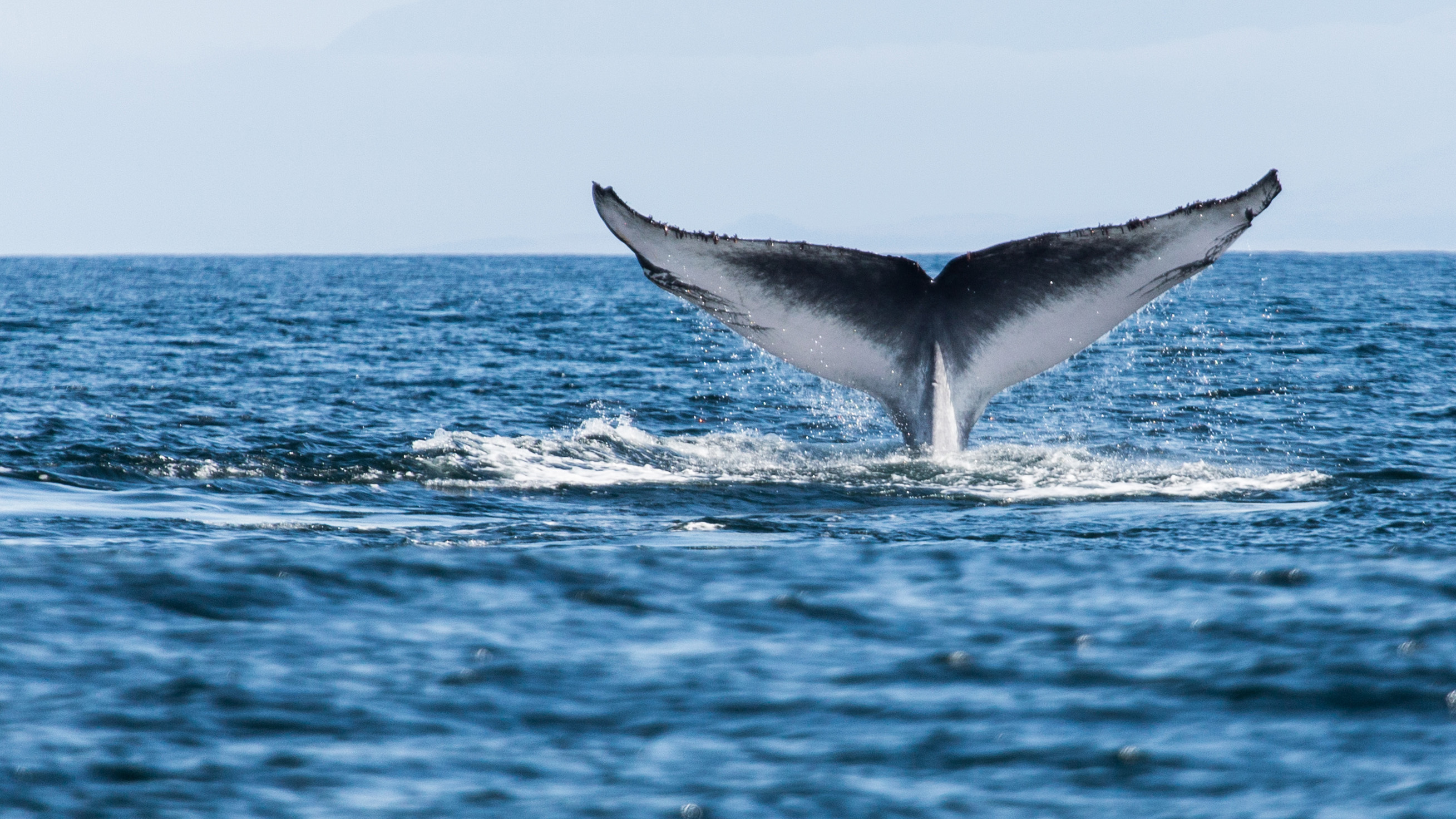
14. Slowing Ships could Save both Whales and Money
A small speed reduction for commercial ships in European Union waters could generate estimated EUR€ 3.4-4.5 billion in socioeconomic benefits, say the findings of an economic analysis presented at the European Parliament.
Reducing the speed of merchant ships utilizing EU waters could have a sizable effect in reducing underwater noise from shipping, the risk of ships colliding with whales and greenhouse gas (GHG) emissions.
The study found the EU can implement a limitation of ship speeds to 75% of ship design speed, allowing for a differentiated approach for each ship category that usually sail at different average speeds and are designed for specific speed windows. The study showed that about 40% of all ship’s categories already sail at Blue Speeds, so at or below 75% design speed in European waters. Overall, the average speed would have to be lowered by 5% on a fleet level.
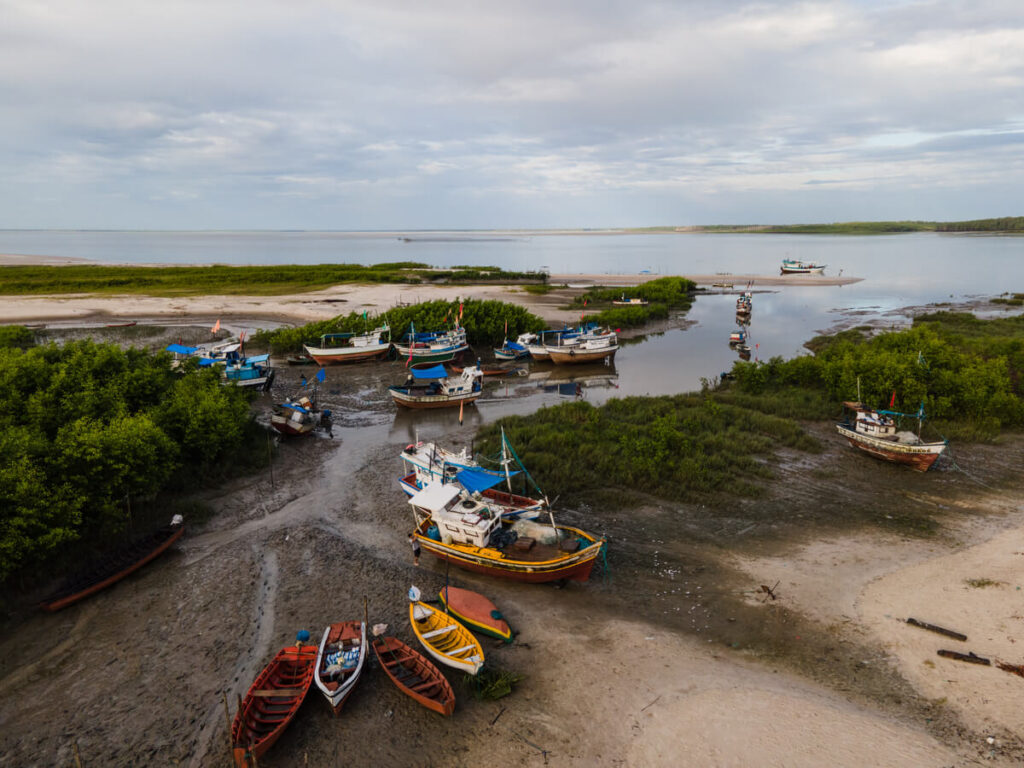
15. Decline of Fishes in the Amazonian Waters
Fishing is one of the main activities in the state of Pará, a part of Amazonia. However, local fishermen have reported that catching the fish on which they rely for a living has become increasingly difficult. One of the main reasons for this, they claim, is that industrial fishing is preventing traditional fishing from being practiced as it once was. Local fishermen describe large fishing ships trawling with nets up to 30 km (18.6 mi) in length, preventing the fish from approaching the shoreline. Other reasons are the effects of climate change on rivers and mangroves, such as increased temperature and lower pH and oxygen levels in the water, which make it difficult for species to survive. The scarcity of fish is forcing entire communities to relocate which is why they are calling for the preservation and expansion of the Marine Extraction Reserves.




